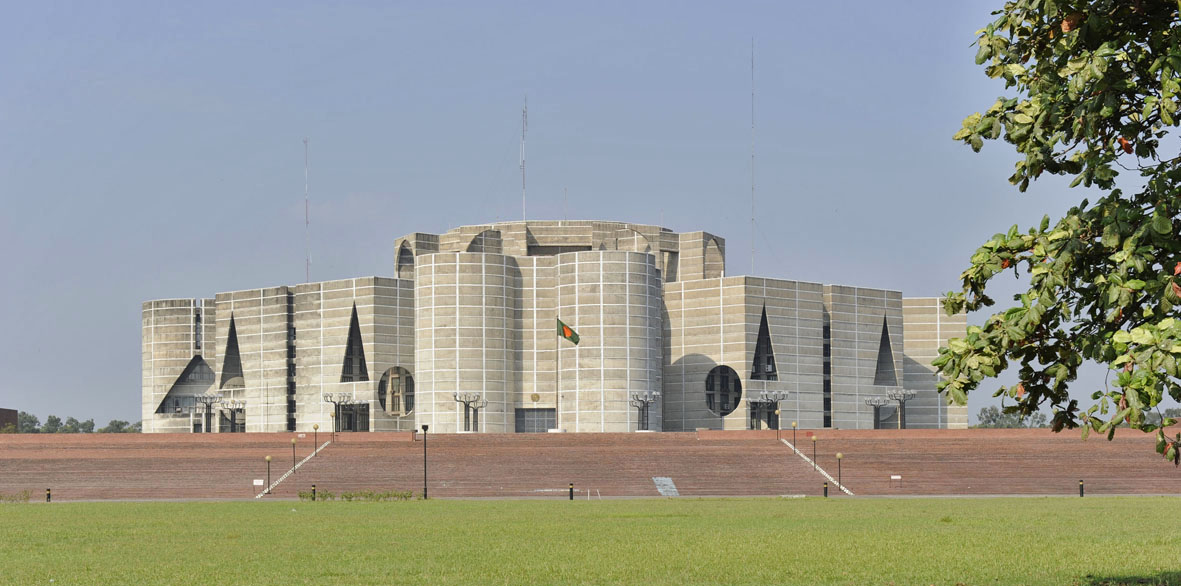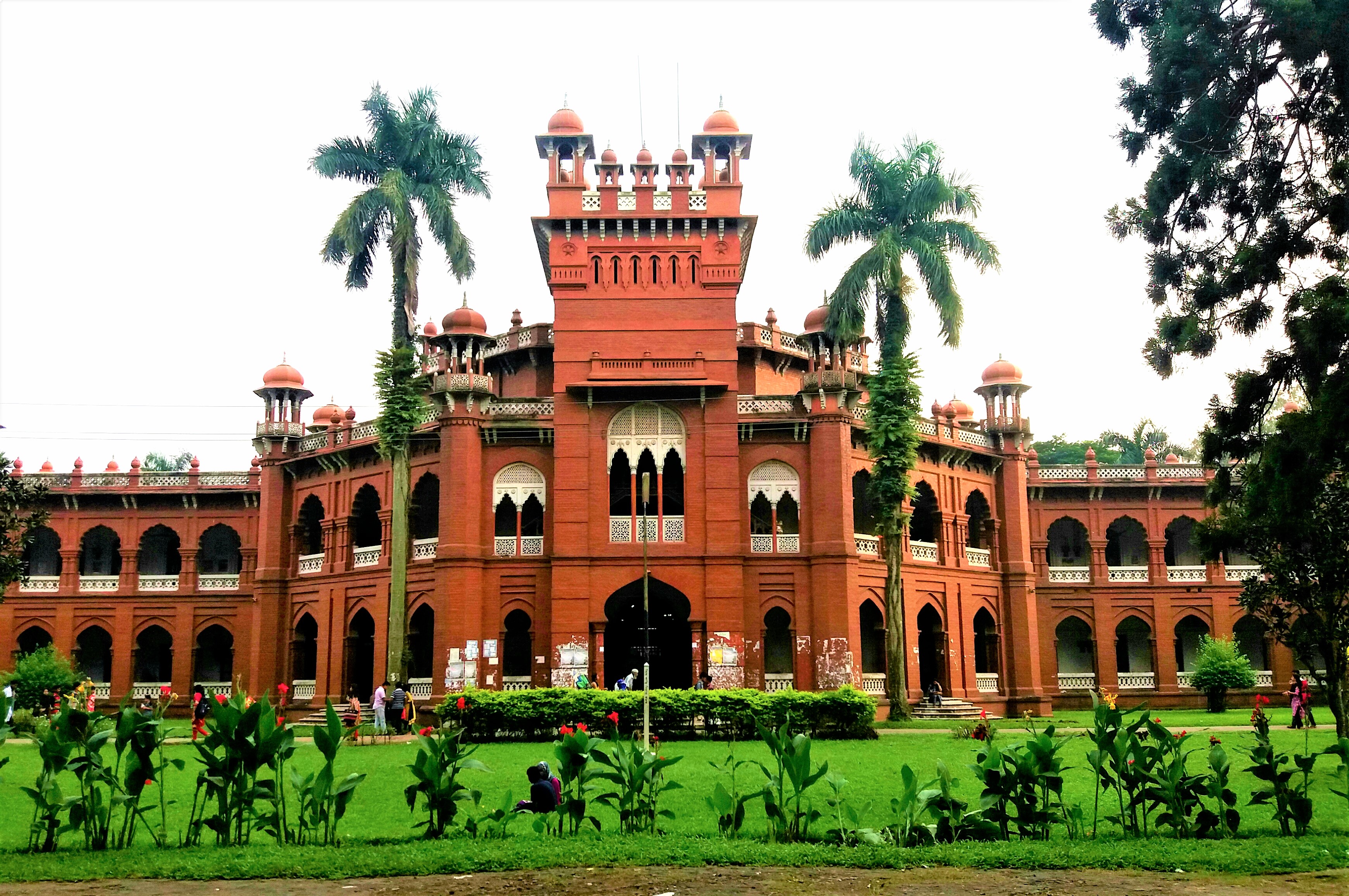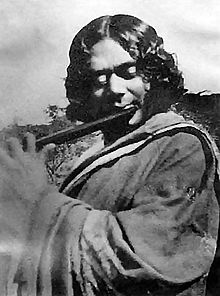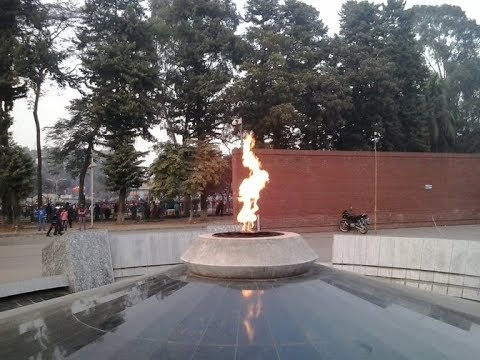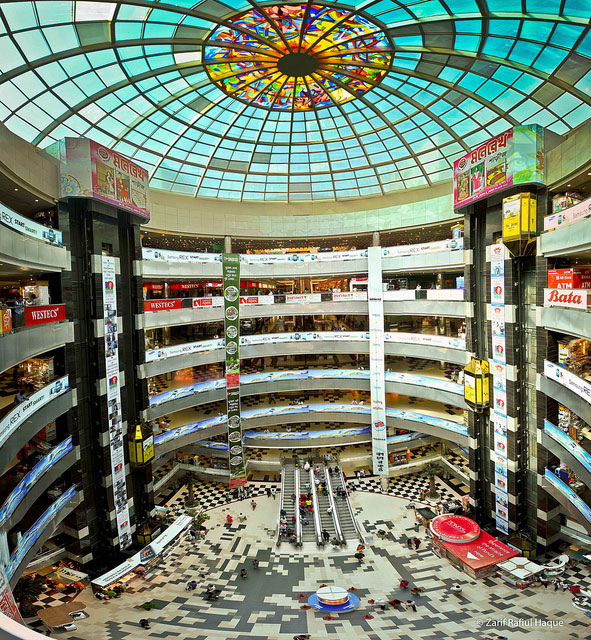Tour
Tour offers a great opportunities for informal exchange and interaction among the conference participants. Conference participants both the foreign and local delegates can join the tour. Tour is optional programme.
Fee for foreign delegates and local participants are USD 50 and BDT 2,000 respectively. Accompanying persons will pay same amount according to nationality. Interested participants can register for tour via the
Tour Registration Form.
Please fill up the form and send to
Dr. Rawfun Nahar Era at
[email protected] (phone: 0088 01673 49 8098) along with payment confirmation document.
National Parliament House
National Parliament House or Jatiya Sangsad Bhaban is the house of the Parliament of Bangladesh, the largest legislativecomplexes in the world, comprising 200 acres land, located at Sher-e-Bangla Nagar, Dhaka designed by Louis Isadore Kahn, Professor of the School of architecture, at the University of Pennsylvania.
Construction was started in 1961 and was halted during the 1971 Bangladesh Liberation War and was completed in 1982. Kahn died when the project was approximately three-quarters completed and it continued under David Wisdom, who worked for Kahn.
Jatiya Sangsad complex, which includes lawns, lake and residences for the Members of the Parliament (MPs). Key design philosophy was to represent Bangladeshi culture and heritage, while at the same time optimizing the use of space. The exterior of the building is striking in its simplicity, with huge walls deeply recessed by porticoes and large openings of regular geometric shapes, giving the building's overall visual impact. The main building is divided into three parts – the Main Plaza, South Plaza and Presidential Plaza. An artificial lake surrounds three sides of the main building portray the riverine beauty of Bangladesh adds to the aesthetic value of the site.
Ahsan Manzil
Ahsan Manzil was the official residential palace of the Nawab of Dhaka built in 1859, situated in Kumortuli at the banks of the Buriganga River . It was constructed in the Indo-Saracenic Revival architecture.
In Mughal era, Sheikh Enayet Ullah, acquired a very big area in Kumortuli. Here he built a beautiful palace and named it "Rongmohol" (Enjoymnet palace). He used to enjoy here keeping beautiful girls collected from the country and abroad, dressing them with gorgeous dresses and expensive ornaments. Representative of mughal emperor was attracted to one of the beautiful girls. He invited Sheikh Enayet Ullah to a party one night and killed him in a conspiracy. That girl also committed suicide in anger and sorrow. There was a grave in the north-east corner of the palace yard which was ruined in the beginning of the 20th century.
Nawab Alibardi Khan around 1740 century, the son of Sheikh Enayet Ullah, sold the property to the French traders. In the English-French war, French got defeated and all their properties were captured by the English. On 22 June 1757, the French left the trading house. After some renovation work, the trading house became the residence of Khwaja Alimullah. After his death, his son Khwaja Abdul Gani made a great flourish to the property, and named it "Ahsan Manjil" on his son Ahsan Ullah.
In the evening of 7 April 1888, a devastating tornado hit Dhaka city causing great damage. Ahsan Manjil was severely damaged and abandoned. So Khwaja Abdul Gani and his son Ahsanullah turned their full attention to rebuild the palace. After the death of Khwaja Ahsanullah in 1901, the glory of Ahsan Manjil was ended. His successors couldn’t continue the glory because of the internal family quarrel.
Lalbagh Fort
Lalbagh Fort is an incomplete 17th century Mughal fort complex that stands before the Buriganga River in the southwestern part of Dhaka. The construction was started in 1678 AD by Mughal Subahdar Muhammad Azam Shah who was son of Emperor Aurangzeb and later emperor himself. His successor, Shaista Khan, did not continue the work, though he stayed in Dhaka up to 1688.
Legend says Shaista Khan continued with building the project, but upon the untimely death of his much-loved daughter Pari Bibi in 1684, the construction was stopped. Bibi was engaged to Prince Muhammad Azam Shah at the time of her death. After her death, he started to think the fort as unlucky, and left the structure incomplete. Among the three major parts of Lalbagh Fort, one is the tomb of Pari Bibi.
Bangladesh National Museum
Bangladesh National Museum was originally established on 20 March 1913, albeit under another name (the Dhaka Museum), and formally inaugurated on 7 August 1913 by Thomas Gibson-Carmichael, 1st Baron Carmichael, the governor of Bengal. In July 1915 it was handed over to the Naib-Nazim of Dhaka. Bangladesh National Museum was formed through the incorporation of Dhaka museum and it was made the national museum of Bangladesh on 17 November 1983.
The museum displays the country's history and culture. Museum displays chronologically in several departments like department of ethnography and decorative art, department of history and classical art, department of natural history, and department of contemporary and world civilization. The museum also has a rich conservation laboratory.
Curzon Hall
The building was originally intended to be a town hall and is named after Lord Curzon, the Viceroy of India who laid its foundation stone in 1904. Upon the establishment of Dacca University in 1921, it became the base of the university's science faculty.
During the Bengali Language Movement, 1948–1956, Curzon Hall was the location of various significant events. After the Partition of India in 1947 that formed the country of Pakistan, Urdu was chosen to be the sole state language. In 1948, the Constituent Assembly of Pakistan chose Urdu and English as the only languages to be used to address the assembly, which was protested within the assembly on the grounds that the majority of the people spoke Bangla and not Urdu. Students of Dhaka University objected instantly to the actions of the Constituent Assembly, and it was in Curzon Hall that they declared their opposition to the state language policy.
Shahid Minar
The Shaheed Minar "Martyr Monument"is a national monument in Dhaka, established to commemorate those killed during the Bengali Language Movement demonstrations of 1952 in then East Pakistan.
After the Partition of India in 1947 that formed the country of Pakistan, Urdu was chosen to be the sole state language. In 1948, the Constituent Assembly of Pakistan chose Urdu and English as the only languages to be used to address the assembly, which was protested within the assembly on the grounds that the majority of the people spoke Bangla and not Urdu.
All the students of Dhaka University and Dhaka Medical College protest against the rule. On 21 and 22 February 1952, students from Dhaka University and Dhaka Medical College and political activists were killed when the Pakistani police force opened fire on Bengali protesters who were demanding official status for their native tongue, Bengali. The massacre occurred near Dhaka Medical College and Ramna Park in Dhaka. A makeshift monument was erected on 23 February by students of Dhaka medical college but soon demolished on 24 February by the Pakistani police force.
Kabi kazi Nazrul Samadhi
It is the mausoleum of the national poet of Bangladesh, popularly known as a poet of rebellion and humanism. Kazi Nazrul Islam (24 May 1899 – 29 August 1976) was a Bengali poet, writer, musician, and revolutionary from Bengal. He is the national poet of Bangladesh. Popularly known as Nazrul, he produced a large body of poetry and music with themes that included religious devotion and rebellion against oppression.
Nazrul's activism for political and social justice earned him the title of "Rebel Poet". His compositions form the avant-garde genre of Nazrul Sangeet (Music of Nazrul). Nazrul and his works are equally commemorated and celebrated in Bangladesh and India.
Suhrawardy Udyan
Suhrawardy Udyan is named after Huseyn Shaheed Suhrawardy, a politician and a lawyer who served as the fifth Prime Minister of Pakistan, appointed in 1956 until resigning in 1957. Originally it served as the military club of the British soldiers stationed in Dhaka. After the end of colonial rule, the place – sometimes referred to as Dhaka Race Course – was used for legal horse racing on Sundays. A Mughal structure namely the Dhaka Gate was built adjacent to the park area of Suhrawardy Udyan. The Museum of Independence, Dhaka is situated within the park area. The museum depicts the history of the nation since Mughal tenure to independence in 1971.
In 3 January 1971, Awami League party arranged a huge public meeting at Ramna Racecourse ground took oath of not betraying the cause of the Bengali people under any circumstances. In 7 March 1971, at a mammoth gathering, architect of Bangladesh Sheikh Mujibur Rahman delivered his historic 7th March speech and virtually declared independence by saying that "the struggle this time is the struggle for freedom; the struggle this time is the struggle for independence."
Tin Netar Mazar
The shrine for three national leaders. It is the resting place of three great national leaders, Sher-i-Bangla A.K. Fazlul Huq (1873–1962), Huseyn Shaheed Suhrawardy (1892–1963) and Khwaja Nazimuddin (1894–1964).
Shopping
Bashundhara City
Bashundhara City is one of the largest shopping malls in South Asia: up to 50,000 people visit daily. It is second largest shopping mall in a shopping mall at Dhaka, Bangladesh. Bashundhara City is a 19 floor building complex covering an area of 191200 sqft comprising an 8 floor podium containing retail spaces, theme Park, cinemas, fitness club, swimming pool and food court with a 19-storey Corporate Office, opened in 2004.
The mall has space for 2,325 retail stores and cafeterias and has a large underground gymnasium, a multiplex cinema, a top-floor food court, an ice skating rink, and a theme park with rooftop gardens is considered a modern symbol of the emerging city of Dhaka.
Jamuna Future Park
Jamuna Future Park is the largest shopping mall in South East Asia which has been built on a grand scale of 33 acres of land adjacent to Baridhara Progoti Sharani, Dhaka. Jamuna Future Park, Asia’s largest lifestyle shopping and entertainment complex in Bangladesh with a view to offering its consumers trendy, stylish, brand driven, safe and comfortable shopping at an extremely attractive and affordable price.
A portion of Basement is for a supermarket and a hypermarket and car parking. Level 1 is the base floor for all atria, facilities for live entertainment, musical and fashion shows. From the ground floor to the fifth floor, there are several categories of outlets, non-branded shops, banks, online booths and food courts. The fifth floor has space for a children's theme park, a gymnasium and a health club, two separate swimming pools for men and women, exhibition halls, banquet halls, international standard movie theater with seven individual halls, 22-lane bowling alley with karaoke facilities, and a musical and entertainment floor and ice skating rink.

